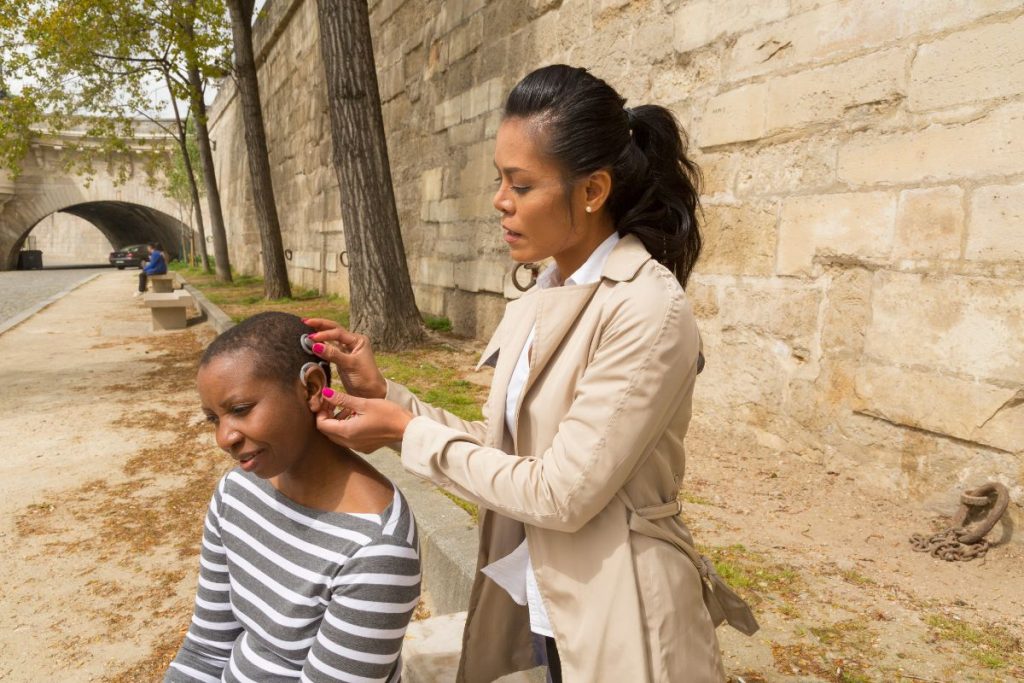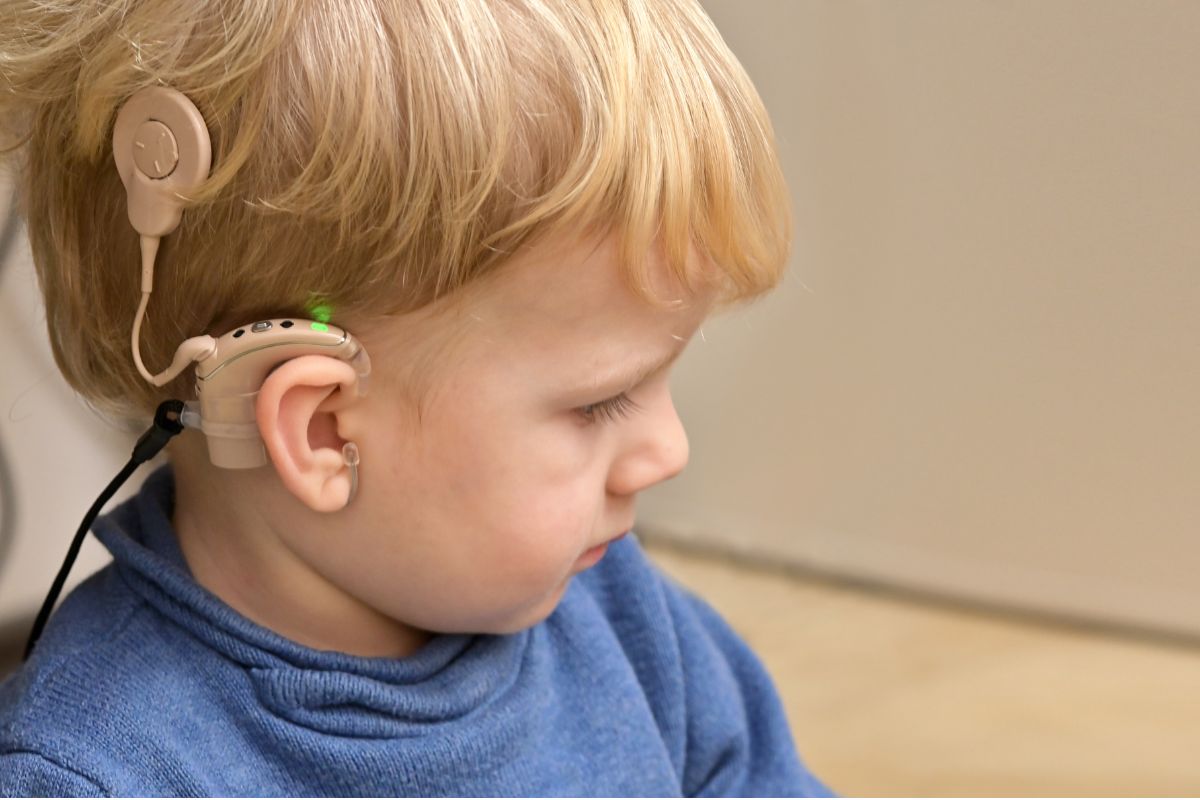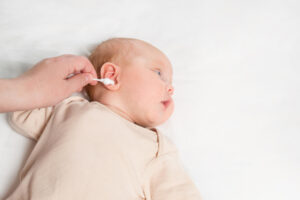Introduction
In this article, Dr Shree Rao talks about the activation and programming of cochlear implants. She is the Best Doctor for Cochlear Implants.
In the past decade, cochlear implantation has become an increasingly viable alternative for treating profound sensorineural hearing loss in children. As a speech and hearing professional, it is important for you to understand the pivotal role you play in the communicative, social, and academic development of children with cochlear implants. It is crucial for you to stay updated on the recent advances in implant technology to provide the best possible care.
In this article, I will provide you with an overview of the components of cochlear implant systems and the speech processing strategies that are currently being used by toddlers, preschoolers, and school-age children. It is important for you to be familiar with these advancements to ensure optimal outcomes for your young patients. Additionally, I will provide a brief description of cochlear implant surgery and explain the procedures involved in programming these devices.
Furthermore, I will share valuable insights on the use of assistive listening technology in the classroom, which can greatly enhance the educational experience for children with cochlear implants.
Once your inner ear has sufficiently healed, you will have the opportunity to visit your audiologist. During this visit, your audiologist will personally program the cochlear implant and guide you through the process of using the external processor on your ear. Our mutual goal is to help your nerves and brain adapt to the wonderful world of hearing once again, opening doors to a brighter future.
What to expect during activation of the cochlear implant?
- Be prepared for your activation appointment by making a list of questions you would like to ask your hearing care professional. This will help you make the most of your appointment and address any concerns you may have.
- During the activation process, your hearing care professional will provide you with a sound processor and connect it to your cochlear implant. They will then start programming the device to fine-tune the settings according to your specific needs.
- It’s important to note that your brain may need some time to adjust to the new sounds you will be experiencing. Give yourself time to recognize and adapt to the sounds that you may have been missing.
- Your hearing care professional will work closely with you to optimize your hearing experience. They will make adjustments to the pitch and volume to ensure you can hear to the best of your ability.
- Remember that your hearing needs may change over time, and your hearing care professional can make future adjustments to ensure you continue to hear your best.
- Stay open-minded and patient throughout the process, as it may take some time for you to fully adjust and benefit from your cochlear implant. Your hearing care professional is there to support and guide you on your journey to improved hearing.
Activation of the cochlear implant

During your cochlear implant journey, your audiologist will play a vital role in helping you optimize your hearing experience. Here’s what you can expect during the programming and mapping process:
1. Understanding the Sound Processor
Your audiologist will explain how the sound processor works and provide guidance on its care and maintenance.
2. Customized Programming
- The audiologist will program the sound processor specifically for you, considering your unique hearing needs.
- They will set the volume and pitch levels that best suit your comfort and hearing abilities.
3. Differentiating Sounds
The primary objective of the initial appointment is to help you or your child distinguish between loud and soft sounds.
4. Stimulation and Mapping
- Around three to four weeks after the surgery, you will have your first “stimulation” appointment.
- This process involves using the speech processor and typically consists of two separate two-hour appointments within one week.
- The audiologist will assess your responses and determine the appropriate level of electrical stimulation for each electrode.
- Neural response recordings may be utilized to program the device for sound sensations that are both audible and comfortable.
- This personalized programming, known as mapping, aims to provide you with the best possible hearing experience.
5. Follow-up Appointments
- After the initial mapping, you will have subsequent appointments for re-mapping and fine-tuning at specific intervals.
- These appointments typically occur at one month, three months, six months (including hearing testing and speech-language evaluation), and then every three months for the first year or two.
- The purpose of these follow-up sessions is to further optimize your cochlear implant’s performance and ensure your evolving needs are addressed.
6. Maximizing Speech Information

- The programming process focuses on maximizing the availability of speech information to enhance your speech and language development.
- Your audiologist will consider factors such as sound coding strategy, stimulation rate, stimulation mode, and the number of electrodes used.
- Specific device parameters, specific to the chosen implant system, will be adjusted for optimal performance.
7. Customization and Adjustments
- While cochlear implant manufacturers offer default recommendations in their programming software, your audiologist will customize the settings to your unique requirements.
- They will measure your hearing threshold and maximum comfortable current levels using behavioral and/or objective measures.
- This ensures that the cochlear implant provides a dynamic range of hearing sensations, from just audible to comfortably loud.
Throughout the process, your audiologist will collaborate closely with you to ensure that your cochlear implant is programmed and tailored to provide the best possible hearing outcomes.
Programing of the cochlear implant
During your cochlear implant journey, you will have a series of programming appointments over several weeks. These appointments help fine-tune the settings of your implant and train your brain to interpret sounds. Adjustments may be made as needed.
The initial activation day is an exciting milestone when your audiologist turns on and programs the cochlear implant. A personalized program is created to ensure comfortable and clear sound perception. The settings are adjusted to optimize sound quality.
After activation, you will have follow-up appointments every six to 12 months to assess your progress and make any necessary adjustments. These appointments are important for maintaining optimal performance.
Throughout your journey, your audiologist and the care team will provide ongoing support, ensuring that your cochlear implant provides you with the best possible hearing experience.
What will a child hear when the implant is activated?
After your child’s sound processor is switched on, you will have follow-up appointments with the audiologist. These appointments are important for fine-tuning the programs on the sound processor and ensuring the best possible hearing outcomes. Your audiologist will also provide guidance on using accessories that can enhance your child’s experience, such as using the phone or listening to music.
It is crucial to follow the maintenance guidelines provided for the cochlear implant device to keep it in optimal condition.
It’s important to understand that the child’s perception of sound through a cochlear implant is unique to them. We rely on their feedback to adjust the settings accordingly. Initially, some children may describe the sounds as static, buzzing, or high-pitched squeaky sounds. It’s normal for them to not understand speech right away.
Listening therapy is typically recommended for several months to years to help the child’s brain adapt and make sense of the sounds they are receiving. This is particularly important for children who have had hearing loss since birth or before learning spoken language, those who receive implants at a young age, and those with limited spoken language abilities who receive implants later.
What factors might favor or limit the child’s benefit from a cochlear implant?

To promote the maximum benefit from a cochlear implant, consider the following factors:
- Favorable cochlear anatomy: Having a well-formed cochlea can contribute to better sound reception and clarity with the implant.
- Early surgery: Undergoing cochlear implantation at a young age increases the chances of optimal outcomes.
- Language development prior to surgery: Building a strong foundation in language skills before the surgery can aid in the child’s overall communication development.
- Family motivation and commitment: Regularly attending appointments, maintaining the device, and actively encouraging listening skills can greatly enhance the child’s progress with the cochlear implant.
- Incorporating listening activities into education: Ensuring that the child’s educational program includes activities that promote listening skills can reinforce the benefits of the cochlear implant.
- Speech or language therapy: Working with a clinician who specializes in spoken language development for deaf children using cochlear implants can provide valuable support and guidance.
It’s important to note that the extent of benefit from a cochlear implant can be influenced by factors such as previous language deprivation, language acquisition skills, and the individual anatomy of the ear and auditory nerve. Additionally, certain conditions like meningitis may affect the success of the cochlear implant.
Should the child use sign language with an implant?
After receiving a cochlear implant, if your child has early access to sign language, they may start understanding spoken language earlier compared to those without early language stimulation. If your child finds sign language beneficial, they can continue using it alongside the cochlear implant.
Regardless of whether your child uses sign language or not, it is important to provide them with regular opportunities to listen and develop an understanding of spoken language throughout the day. This will help maximize the benefits of the cochlear implant and support their overall communication development. Remember to create a nurturing environment that encourages listening and spoken language skills alongside sign language if applicable.

Why consult EarSurgeon, Dr. Shree Rao?
Dr. Shree Cuddapah Rao is acclaimed as one of the best pediatric ENT specialists in Hyderabad. With 10+ years of deep domain experience in the field of ENT, she is the director at Dr. Rao’s ENT Super Specialty Hospital. She underwent specialized training in Rhinoplasty / Facial Plastic surgery at Singapore General Hospital, Singapore. She also underwent advanced training in cochlear implant surgery under Padmashri Dr. Milind V Kirtane and had a Fellowship in a cochlear implant. Having performed over 200 successful cochlear implants for patients worldwide, Dr. Shree Cuddapah Rao is also the recipient of several prestigious accolades in the domain of ENT. Dr. Shree Rao is one of the best ent doctor in hyderabad, to book an appointment click here.
Are you looking for
then you have landed at right place!







